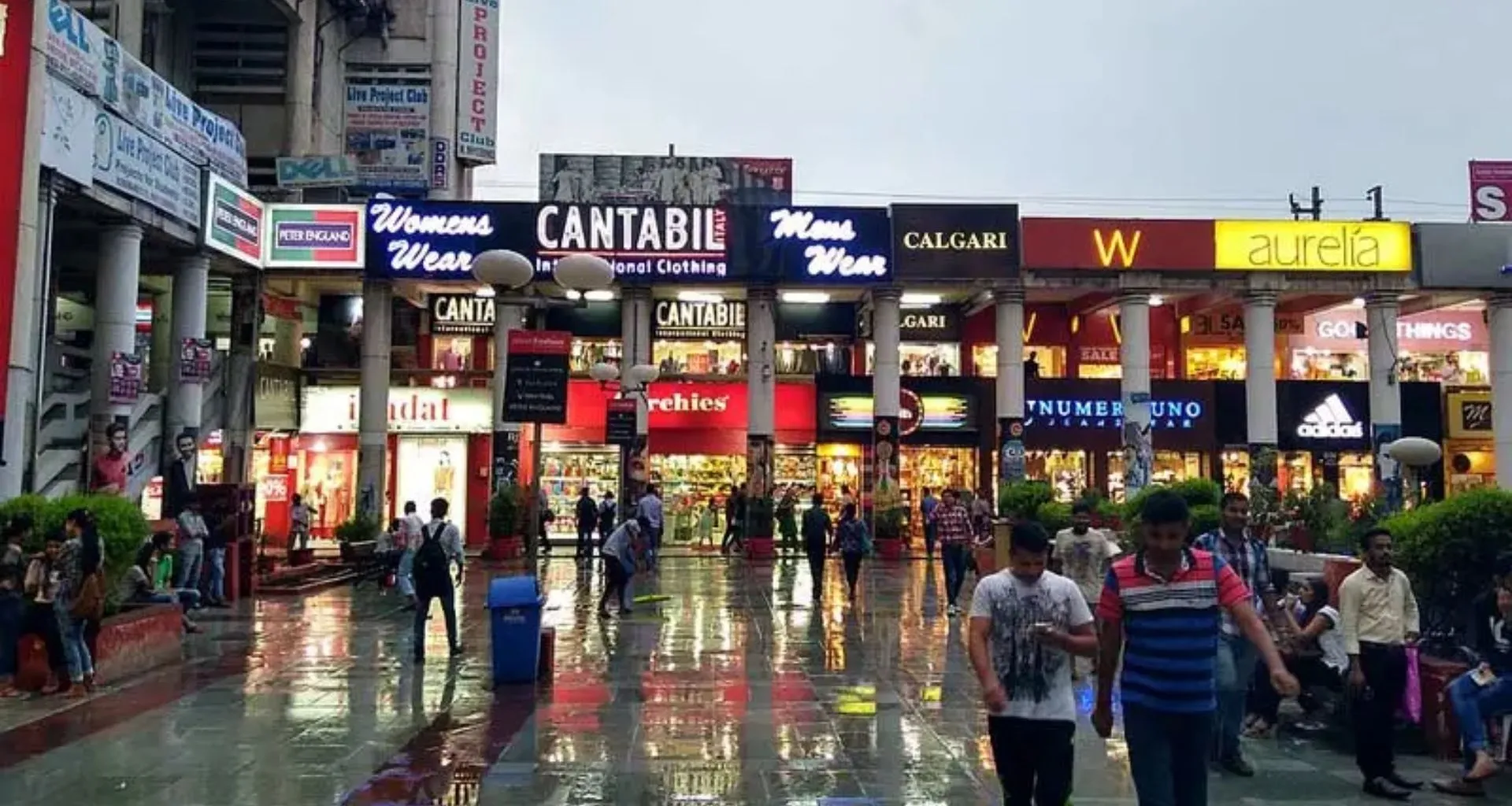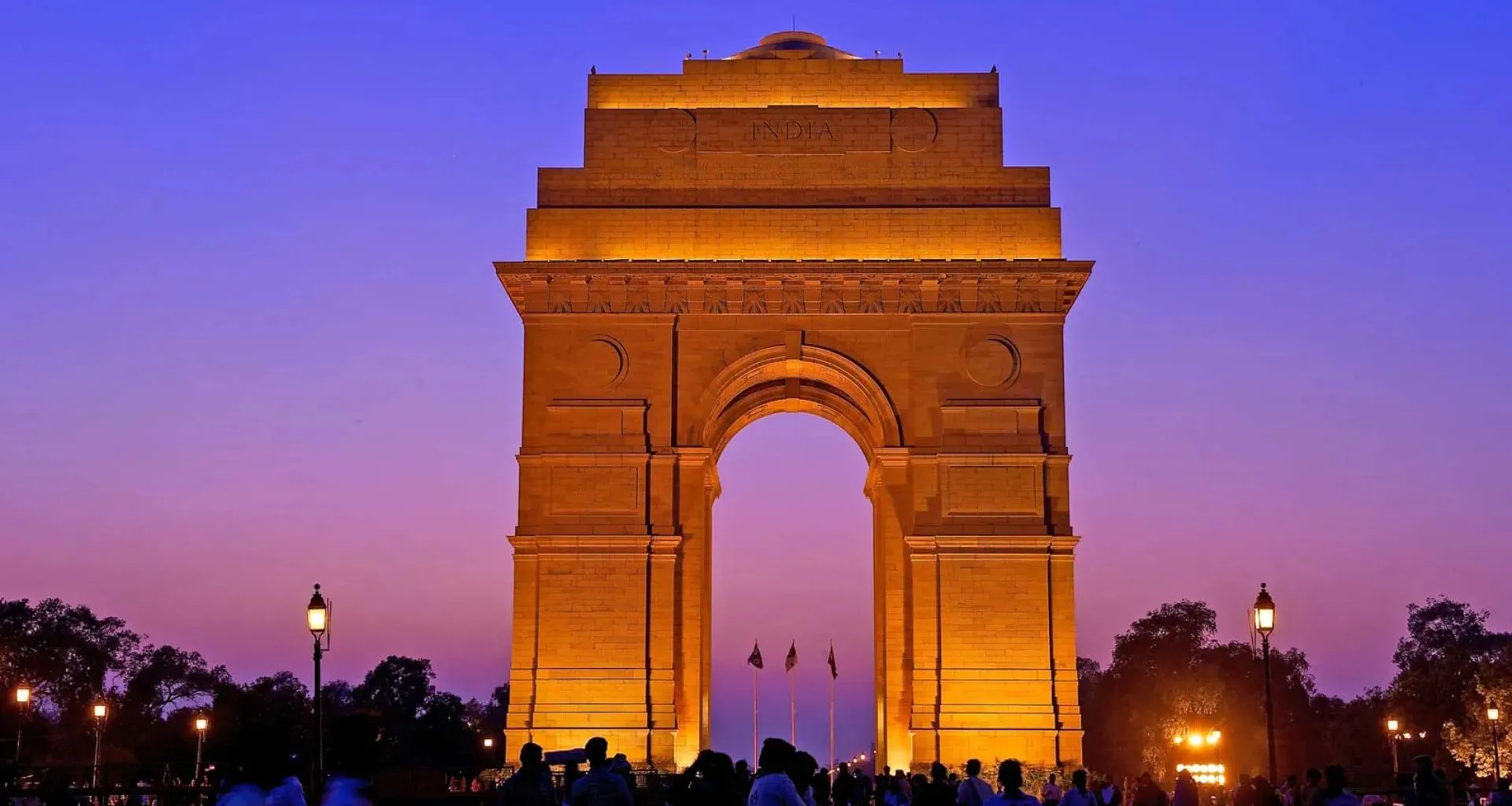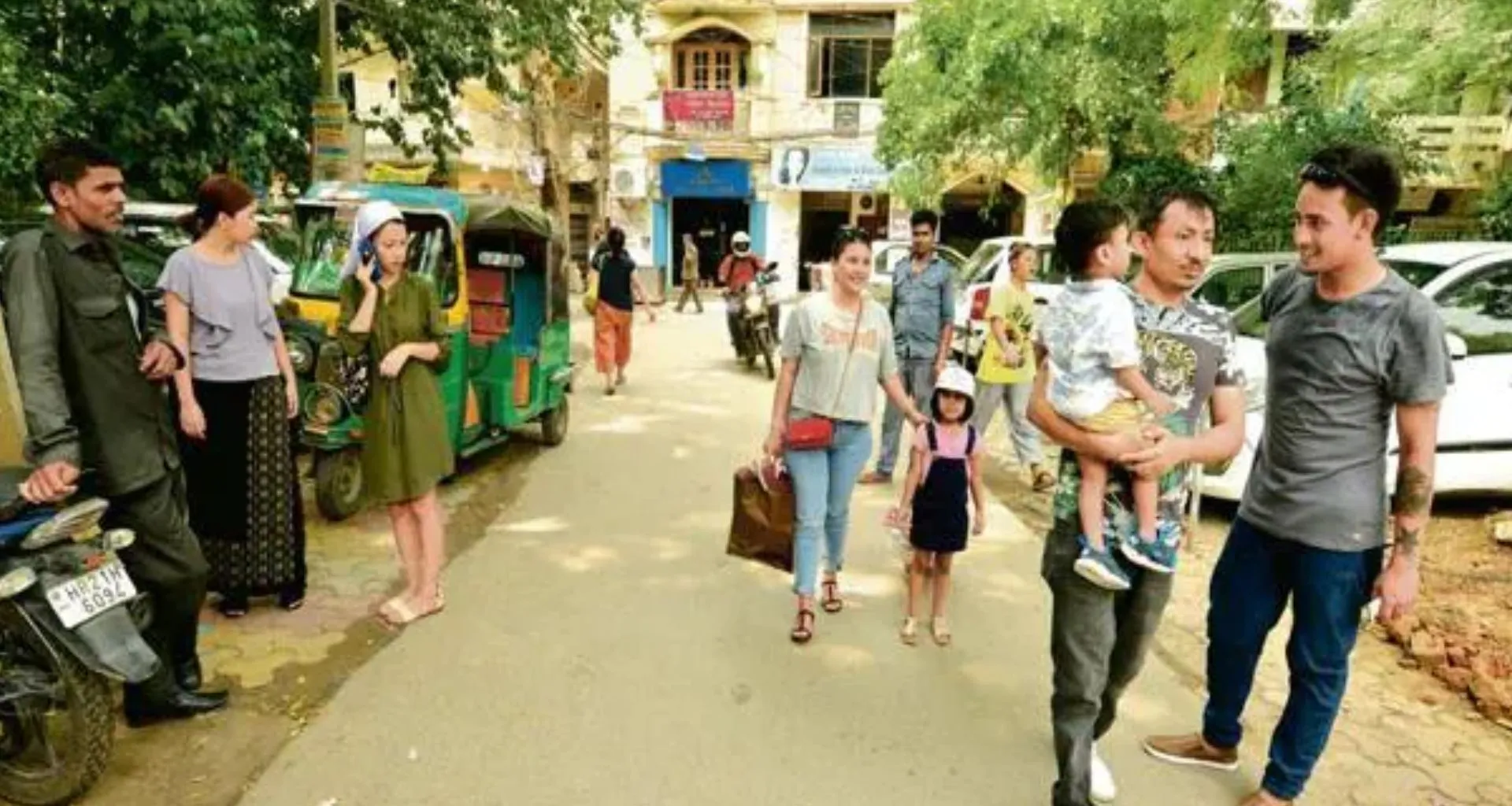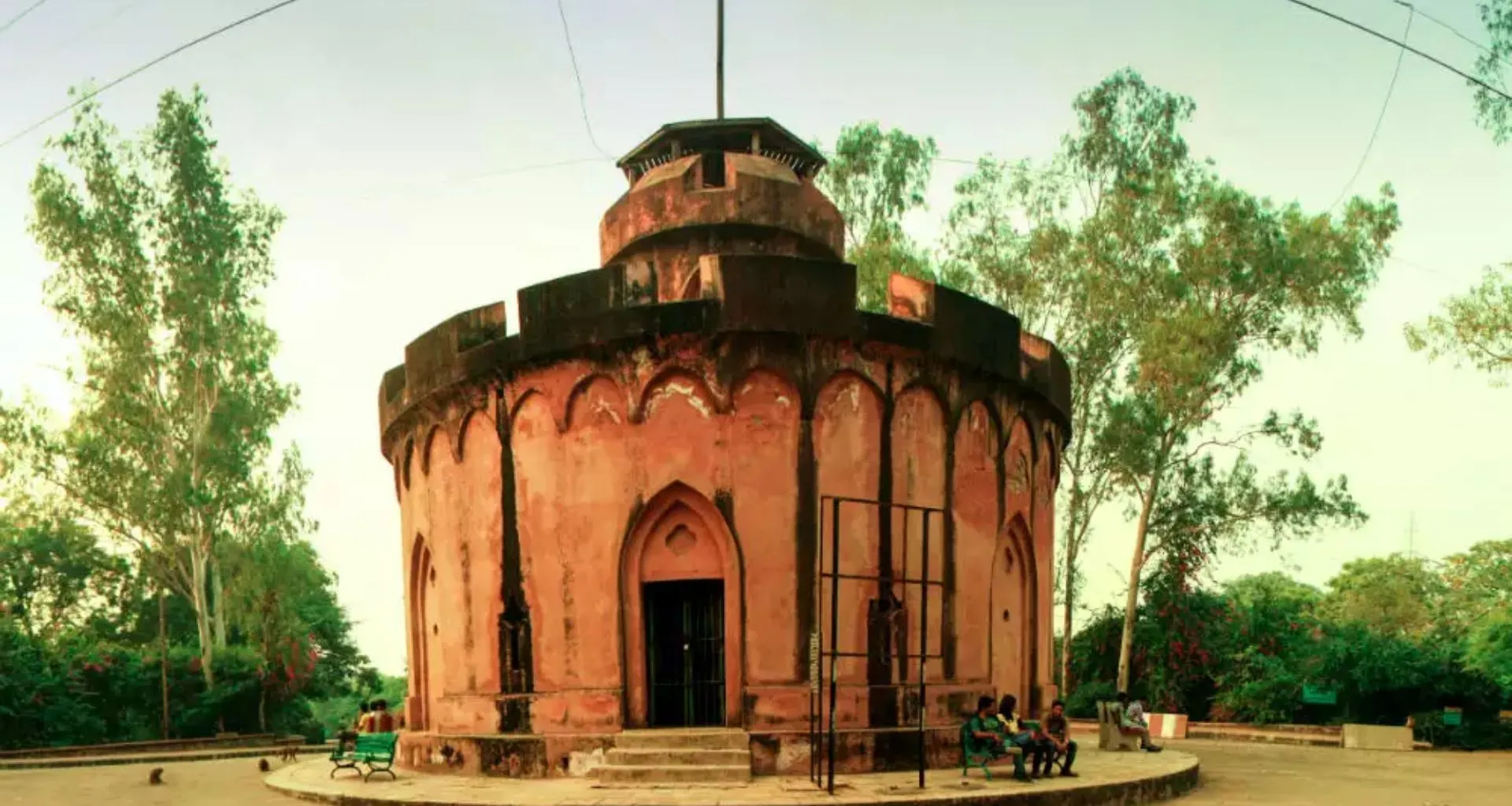West Delhi is one of the 11 administrative districts of the National Capital Territory (NCT) of Delhi, India. Known for its vibrant neighborhood’s and robust infrastructure, West Delhi serves as a major residential and commercial hub in the capital city. The district is strategically divided into three administrative subdivisions: Patel Nagar, Rajouri Garden, and Punjabi Bagh. These subdivisions, along with their unique features and offerings, make West Delhi a significant contributor to Delhi’s socio-economic fabric.
Geographical Boundaries and Location
West Delhi is surrounded by:
- North West Delhi to the north
- North Delhi and Central Delhi to the east
- South West Delhi to the south
- Jhajjar District of Haryana to the west
This strategic location enhances West Delhi’s connectivity and accessibility, making it a preferred location for residents and businesses alike. The district covers an area of 129 square kilometers, featuring a population density of nearly 14,000 persons per square kilometer, which highlights its urban character.
Demographics: A Melting Pot of Cultures
Population Statistics
According to the 2011 Census, West Delhi has a population of 2,543,243, comprising:
- Males: 1,356,240
- Females: 1,187,003
The district’s child population (ages 0–6 years) stands at 203,528, with 109,526 boys and 94,002 girls. The sex ratio of 876 females for every 1,000 males reflects the gender demographics of the region.
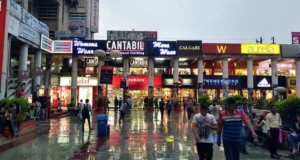
Literacy Rate
The literacy rate in West Delhi is an impressive 87.12%, with a total of 1,301,252 literate individuals, including:
- Males: 739,572
- Females: 561,680
This high literacy rate is a testament to the district’s focus on education and development.
Religious Composition
West Delhi is predominantly Hindu, with significant representation from other religious communities:
- Hinduism: 82.07%
- Sikhism: 10.69%
- Islam: 5.89%
- Christianity: 0.72%
- Jainism: 0.45%
- Others: 0.18%
Linguistic Diversity
At the time of the 2011 census, the linguistic composition of West Delhi included:
- Hindi: 75.46%
- Punjabi: 14.52%
- Bhojpuri: 1.66%
- Urdu: 1.32%
- Rajasthani: 1.06%
- Others: 5.98%
This diversity underscores the multicultural essence of the district.
Administrative Setup
West Delhi operates under the governance structure of the National Capital Territory. Each district in Delhi is headed by a District Magistrate, while every subdivision is managed by a Sub-Divisional Magistrate. The district’s administrative history dates back to 1803, when Delhi became part of British Punjab. Over the years, West Delhi’s governance has evolved to meet modern administrative needs.
Subdivisions
- Patel Nagar
- Rajouri Garden
- Punjabi Bagh
Historical Significance
West Delhi’s administrative and judicial history is intertwined with the broader evolution of Delhi. In compliance with the Supreme Court’s directions, the NCT of Delhi was reorganised into nine civil districts in 2008. West Delhi began functioning as a separate district from November 1, 2008, with its administrative and judicial offices operating from the Tis Hazari Courts Complex.
Key Neighborhood’s and Areas of Interest
Residential and Commercial Hubs
West Delhi boasts a mix of residential and commercial zones, including:
- Janakpuri: Known for its well-planned residential colonies and markets
- Punjabi Bagh: A posh locality with upscale homes and premium commercial establishments
- Tilak Nagar: Famous for its vibrant shopping areas
- Uttam Nagar: A densely populated area with a blend of residential and commercial activities
- Rajouri Garden: A bustling shopping and entertainment hub
Industrial Areas
- Naraina Industrial Area
- Mayapuri Industrial Area
These industrial zones contribute significantly to the district’s economic landscape.
Infrastructure and Connectivity
Transportation
West Delhi’s transportation network is robust, featuring:
- Metro Connectivity: Multiple Delhi Metro lines traverse the district, ensuring seamless connectivity to other parts of Delhi.
- Road Infrastructure: Well-maintained roads and flyovers facilitate efficient intra-city travel.
- Proximity to Indira Gandhi International Airport: Located within easy reach, enhancing the district’s accessibility for domestic and international travelers.
Healthcare Facilities
The district is home to numerous hospitals and clinics, including:
- Deen Dayal Upadhyay Hospital
- BLK Super Specialty Hospital
- Maharaja Agrasen Hospital
Educational Institutions
West Delhi hosts prestigious schools and colleges, contributing to its high literacy rate and educational achievements.
Culture and Lifestyle
West Delhi is a cultural hub where traditional values meet modern living. Its markets, malls, and entertainment zones offer a vibrant lifestyle. Key cultural and recreational spots include:
- Pacific Mall: A popular shopping destination
- District Park, Janakpuri: Ideal for leisure and outdoor activities
- Rajouri Garden Market: A blend of traditional and modern shopping experiences
Judicial System
West Delhi’s judicial framework operates from the Tis Hazari Courts Complex. The district handles civil and criminal cases efficiently, with a dedicated team of judicial officers and staff.
Conclusion
West Delhi stands out as a dynamic district that combines historical significance, cultural diversity, and modern amenities. From bustling markets to serene residential colonies, it offers a unique blend of opportunities for residents, businesses, and visitors. Whether it’s the thriving economy, well-connected infrastructure, or vibrant lifestyle, West Delhi continues to be a cornerstone of Delhi’s development journey.
